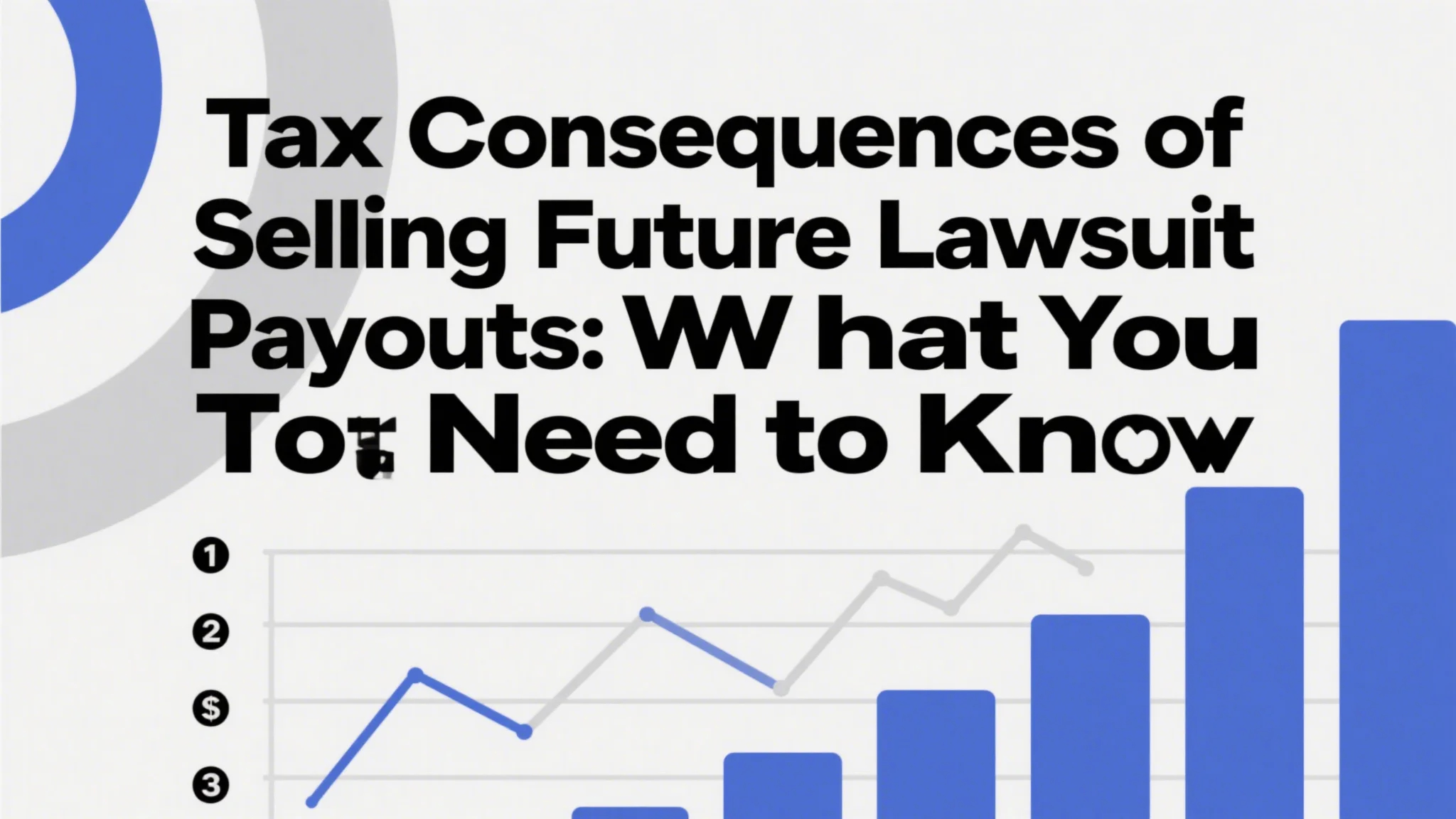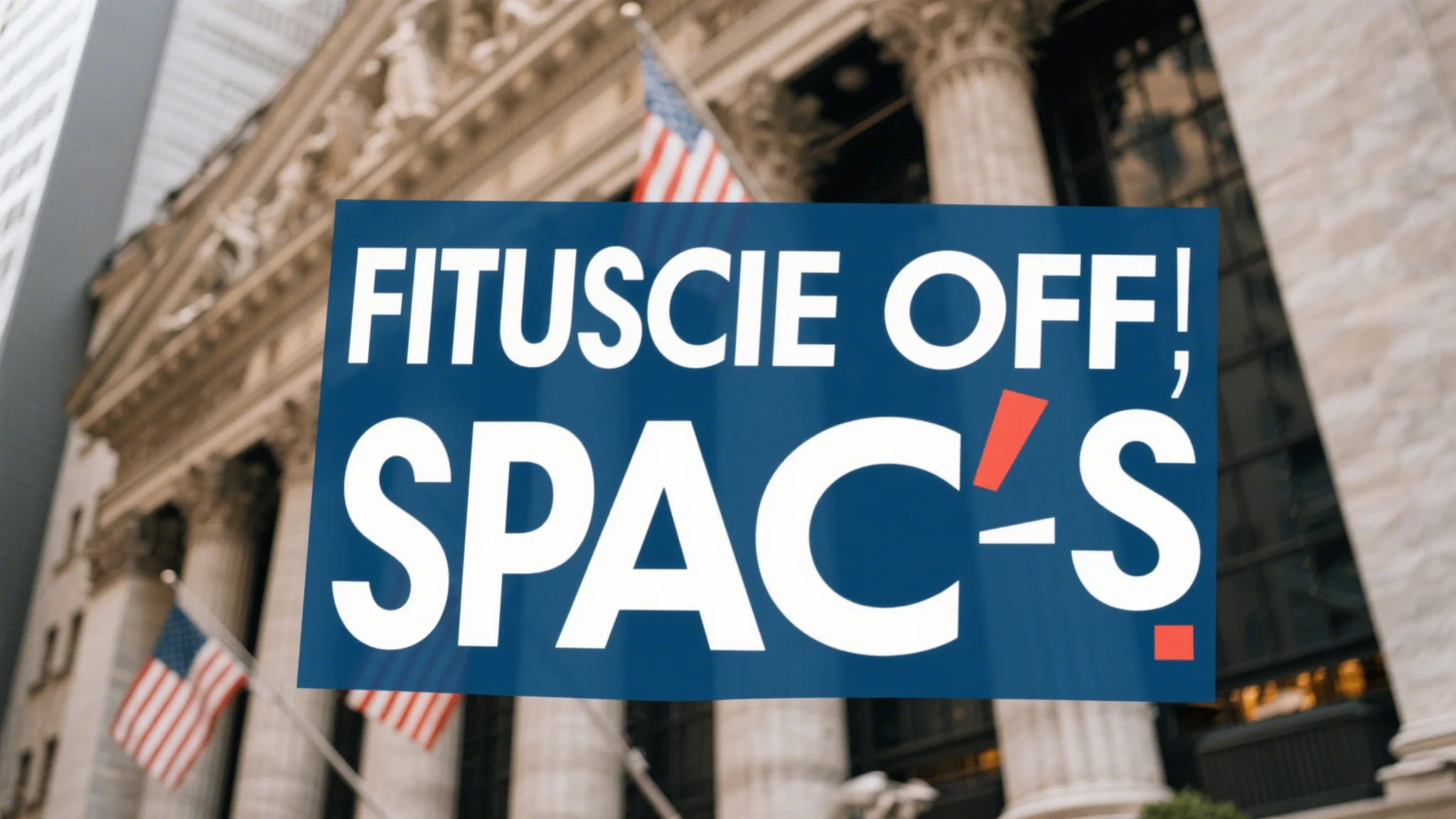Structured settlements have become a common solution in personal injury cases, product liability disputes, and other legal settlements. Instead of receiving a one-time payment, plaintiffs opt for a series of regular payments over an extended period. This approach provides financial stability and can help plaintiffs manage their recovery more effectively. However, there are situations where plaintiffs may need immediate access to cash, even if it means sacrificing a portion of their future payments. This is where structured settlement factoring comes into play.
Structured settlement factoring is the process of selling future payments to a third-party company for a lump-sum cash payment. The factoring company assumes the risk of receiving the payments as agreed, while the plaintiff gains access to cash upfront. This option can be particularly appealing for individuals who are struggling financially, need to pay for medical bills, or want to take advantage of new investment opportunities.
The process of structured settlement factoring typically involves several steps. First, the plaintiff works with a factoring company to determine the value of their future payments. The factoring company will assess the total amount of the structured settlement, the length of the payment period, and other factors that could impact the value. Once the value is determined, the plaintiff agrees to sell their future payments to the factoring company in exchange for a lump-sum payment.
It’s important to note that the lump-sum payment offered by the factoring company will be significantly less than the total value of the structured settlement. This is because the factoring company is essentially purchasing an annuity, which is a financial product that provides regular payments over time. The factoring company will factor in the time value of money, as well as any potential risks associated with the structured settlement, such as the defendant’s ability to make payments.
One of the key advantages of structured settlement factoring is the immediate access to cash. For plaintiffs who are struggling to make ends meet, this can be a lifeline. Additionally, the process is often faster and less complicated than pursuing other forms of financial assistance, such as loans or credit. However, plaintiffs should carefully consider the long-term implications of selling their future payments. Once the structured settlement is factored, the plaintiff loses control over the payments, and the factoring company assumes responsibility for collecting them.
Another important consideration is the financial stability of the factoring company. Plaintiffs should research the factoring company thoroughly to ensure it is reputable and capable of fulfilling its obligations. While most factoring companies are trustworthy, there are some unscrupulous operators in the industry who may take advantage of plaintiffs in need. To mitigate this risk, plaintiffs should seek out factoring companies that are licensed and bonded, and read reviews from other customers.
In addition to financial stability, plaintiffs should also consider the terms of the factoring agreement. The agreement should outline the exact amount of the lump-sum payment, the duration of the structured settlement, and any fees or charges associated with the factoring process. Plaintiffs should carefully review these terms and consult with a legal or financial advisor before signing any agreement.
While structured settlement factoring can be a useful tool for plaintiffs in need of immediate cash, it is not without its drawbacks. The most significant disadvantage is the loss of future payments. By selling their structured settlement, plaintiffs may miss out on the long-term benefits of receiving regular payments, such as financial security or the ability to plan for future expenses. Additionally, the lump-sum payment offered by the factoring company may not be enough to cover all of the plaintiff’s financial needs, leaving them in a difficult position.
Despite these challenges, structured settlement factoring can be a viable option for certain individuals. For example, plaintiffs who are facing urgent financial obligations, such as medical bills or home repairs, may find that the immediate cash flow provided by factoring is worth the trade-off. Similarly, plaintiffs who are confident in their ability to invest the lump-sum payment and achieve a higher return may also consider factoring as a strategic move.
In conclusion, structured settlement factoring is a complex financial decision that requires careful consideration. Plaintiffs should weigh the benefits and risks of factoring against their own financial needs and goals. By doing their research and seeking professional advice, plaintiffs can make an informed decision that aligns with their best interests.
When deciding whether to consider structured settlement factoring, plaintiffs should evaluate their current financial situation and future needs. While the immediate cash flow provided by factoring can be appealing, it is crucial to think about the long-term implications of selling future payments. Here are some key factors to consider before making a decision:
1. Current Financial Needs
If the plaintiff is facing immediate financial challenges, such as medical bills, property taxes, or emergency repairs, structured settlement factoring may be a practical solution. The lump-sum payment can help cover these expenses and provide some relief in the short term. However, plaintiffs should assess whether the amount offered by the factoring company is sufficient to meet their current needs.
2. Future Financial Goals
Plaintiffs should also consider their long-term financial goals. Will the lump-sum payment allow them to invest in opportunities that could yield higher returns than the structured settlement? For example, if the plaintiff plans to use the cash to start a business or purchase real estate, factoring might be a worthwhile option. On the other hand, if the plaintiff values the steady income stream provided by the structured settlement, factoring may not be the best choice.
3. Reputability of the Factoring Company
As mentioned earlier, plaintiffs should research the factoring company thoroughly. A reputable factoring company will provide clear and transparent terms, and will work with the plaintiff to ensure a fair deal. Plaintiffs should avoid companies that make unrealistic promises or pressure them into signing without reviewing the agreement.
4. Legal and Tax Implications
Structured settlement factoring can have legal and tax implications that plaintiffs need to understand. For example, the lump-sum payment may be subject to taxes, whereas the structured payments may be tax-free. Plaintiffs should consult with a legal or financial advisor to navigate these complexities and ensure they are making a sound decision.
5. Alternative Options
Before deciding to factor their structured settlement, plaintiffs should explore other options for obtaining immediate cash. For instance, they could apply for a personal loan, use a credit card, or seek financial assistance from family and friends. Each of these options has its own set of pros and cons, and it’s important to compare them against the benefits and risks of factoring.
6. Emotional and Psychological Factors
Finally, plaintiffs should not underestimate the emotional and psychological impact of selling their structured settlement. The decision to factor future payments can be stressful and may lead to feelings of regret or dissatisfaction. Plaintiffs should take their emotional well-being into account and consider whether the immediate benefits of factoring outweigh the potential long-term consequences.
In some cases, structured settlement factoring can be a valuable tool for plaintiffs who need immediate access to cash. However, it is not a decision to be made lightly. Plaintiffs should carefully evaluate their financial situation, research the factoring company, and seek professional advice before proceeding. By taking the time to make an informed decision, plaintiffs can ensure that they are making the best choice for their future.
In conclusion, structured settlement factoring is a complex financial decision that requires thorough consideration. While it can provide immediate cash flow, plaintiffs must weigh the benefits against the potential risks and long-term implications. By understanding how structured settlement factoring works and when to consider it, plaintiffs can make a decision that aligns with their financial goals and needs.





